07 May 2024
![]() 6 mins Read
6 mins Read
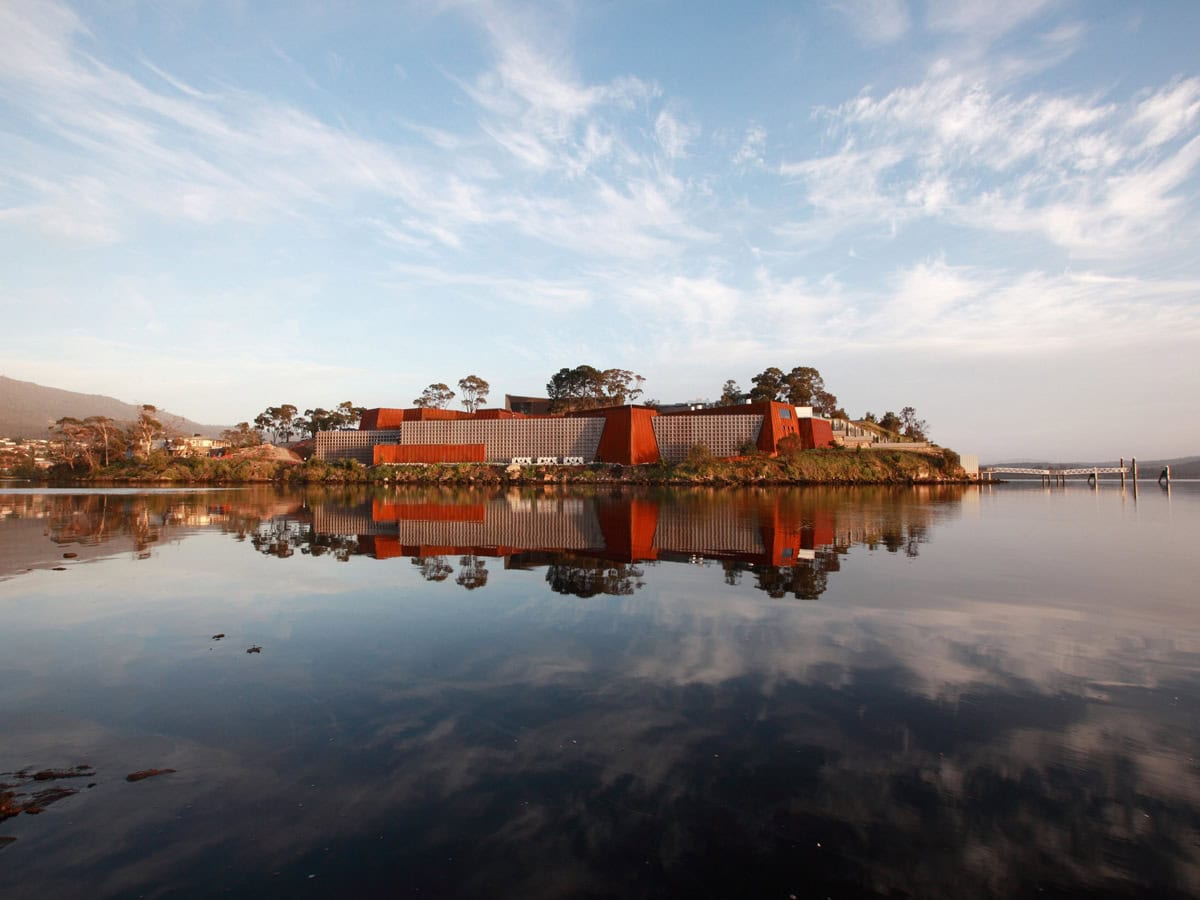
This article is part of our 100 Australian Wonders series. Throughout the series, we explore our nation’s wonders across culture, nature, food, islands and many more. We hope it inspires your own exploration of Australia’s many wonders.
Travelling with: Fleur Bainger
Bring tissues on a nature cruise down the Gordon River, meandering through the lesser-visited western edge of Tasmania where the Franklin Dam project was proposed. You may well be brought to tears by the beauty of Huon pines rising from riverbanks, reflected in mirror-like stillness. Some of these conifers are aged at up to 3000 years, mere saplings at the time of Alexander the Great. They were nearly all lost to damming in the 1980s – cue more tears.
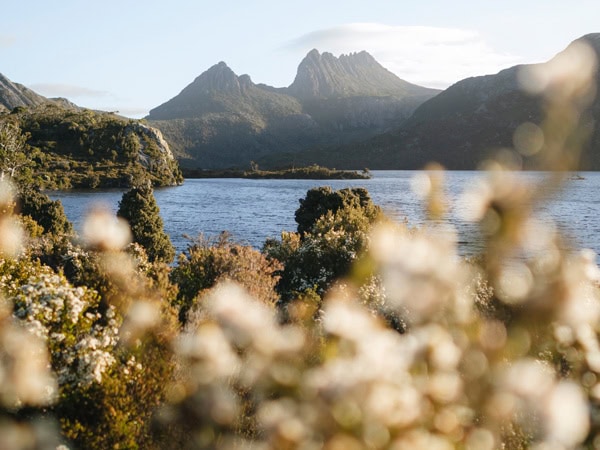
The bushland surrounding Cradle Mountain is home to Australia’s most unique wildlife. (Image: Tourism Australia/Ain Raadik)
This, and about one-fifth of Tasmania, is protected by the Tasmanian Wilderness World Heritage Area. It’s one of only two places on the planet to meet seven out of 10 UNESCO criteria.
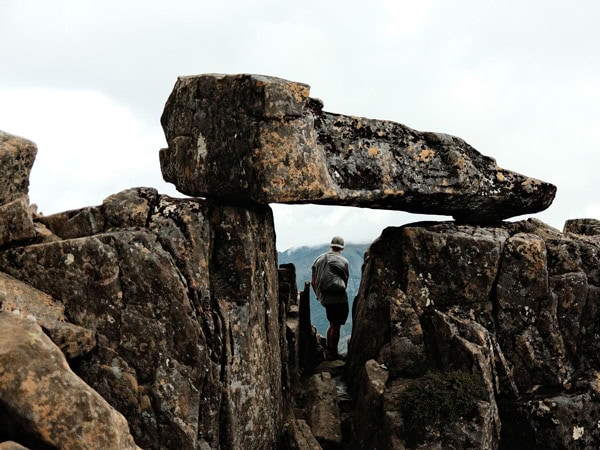
Explore stunning landscapes on one of the 20-plus self-guided walks. (Image: Tourism NT)
The zone also scoops up Cradle Mountain, where more than 20 self-guided walks, most on narrow, slatted boardwalks, encourage repeat visitation. The Dove Lake Circuit, with its Instagrammable boatshed, might be the most recognisable, and the Overland Track the most challenging. But it’s the Enchanted Walk and King Billy Walk that will steal your heart as you’re enveloped by moss-clad trees that will shelter you from the feathery rain.
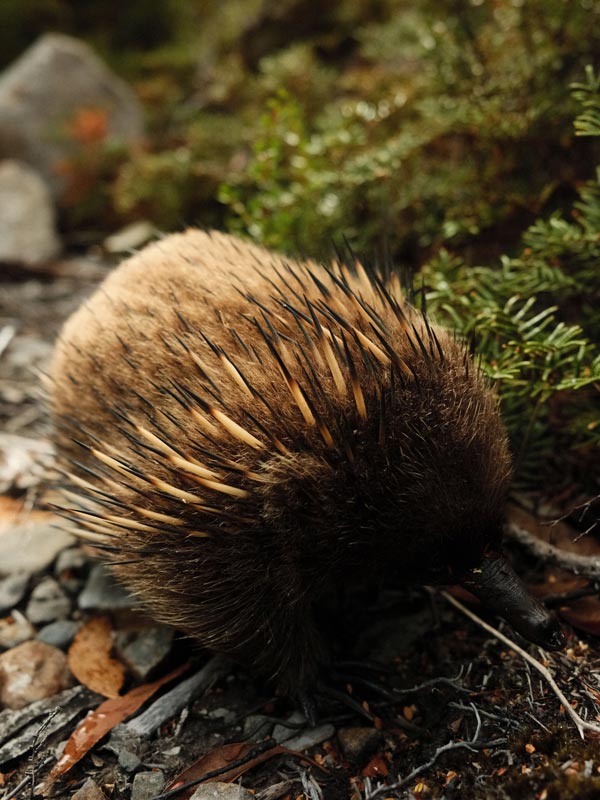
Spot an echidna. (Image: Blake Lisk – Pillar Creative)
Travelling with: Elizabeth Whitehead
The northern lights top bucket lists around the globe, but this natural phenomenon is closer than many realise. The aurora australis, or the southern lights, are often spotted dancing across Tasmania’s otherworldly starscapes.
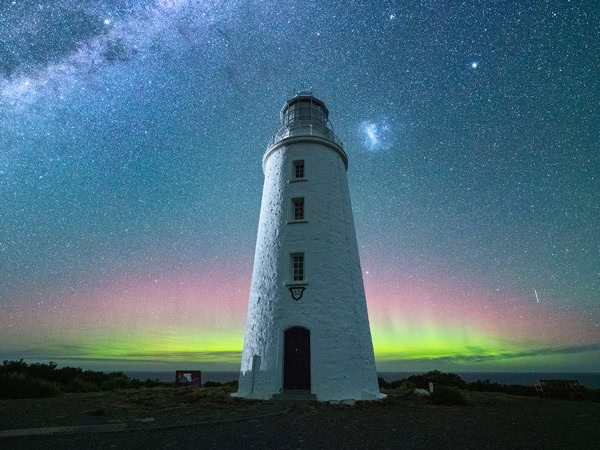
See the spectacular Southern Lights at Cape Bruny Lighthouse. (Image: Luke Tscharke)
The further south you go, the more likely you’ll catch the mysterious ribbons of light billowing out in a technicolour show of red, green and blue. Some of the best spots to stake out include Bruny Island, Cradle Mountain and kunanyi/Mt Wellington. Bring a camera and a coat.
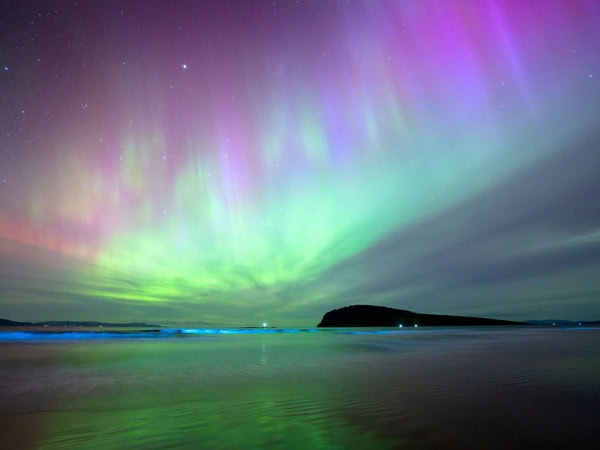
Bask in the glory of Aurora Australis. (Image: Luke Tscharke)
Travelling with: Carla Grossetti
The North East and North West regions of Tasmania are gearing up to be some of Australia’s top gourmet destinations. Tailor an itinerary to your taste using the interactive maps and itineraries for the area’s self-guided Tasting Trail, which starts outside Launceston and stops in Smithton.

Seven Sheds harvest fresh green grains for brewing. (Image: Ness Vanderburgh)
All up, there are more than 50 makers dotted along the trail producing everything from artisan cheeses to chocolate, olives, honey, beer, wine and cider.

Go truffle hunting at The Truffle Farm Tasmania. (Image: Ness Vanderburgh)
Travelling with: Imogen Eveson
They call it the Mona effect. Hobart’s paradigm-shifting art museum helped redefine Tasmania to itself and the rest of the world when it opened in 2011 under the aegis of professional gambler and art collector, David Walsh.

MONA sits alongside the Derwent River. (Image: MONA/Leigh Carmichael)
The Museum of Old and New Art is a destination in itself, best accessed by a quirky ferry ride along the Derwent River from the waterfront. It houses an envelope-pushing subterranean art museum as well as an array of swanky restaurants and bars, an onsite winery and brewery, and uber-stylish accommodation.
The trickle-down effect has had a transformational impact on the culinary, cultural and hospitality scenes of Hobart and the island state beyond.

Opt for waterfront dining at Faro. (Image: Mona/ Jesse Hunniford)
Travelling with: Carla Grossetti
When Australians travel, even in their own backyard, they like to eat well. And one of the first places that springs to mind as a destination for dining is The Agrarian Kitchen, run by trailblazers Rodney Dunn and wife Séverine Demanet.

Head to the restaurant and cooking school at The Agrarian Kitchen. (Image: Tourism Australia)
The two-hatted restaurant has put the tiny Tassie township of New Norfolk on the map.

Dine on fresh produce at The Agrarian Kitchen. (Image: Stu Gibson)
Visitors to the unassuming eatery, housed in a former dormitory ward of Willow Court asylum, can also take a tour of the sprawling garden to see where produce is plundered for the restaurant and gather ingredients for a cooking class.

The renowned eatery elevates sustainable dining in Tasmania. (Image: Tourism Australia)
Travelling with: Megan Arkinstall
Learn about larapuna/Bay of Fires from the perspective of the palawa on the four-day palawa-owned-and-led wukalina Walk.
Amble through the living cultural landscape of lutruwita/Tasmania’s north-east coast, which unfolds as a triptych of colour comprising turquoise waters, white sand and boulders blanketed with orange lichen.

Hike through the bushlands and beaches on the wukalina Walk. (Image: Tourism Tasmania/ Tayla Gentle)
Sample coastal bush tucker and learn about palawa cultural practices, sometimes from Elders who may join you.
Spend evenings cosied around a fire pit at krakani lumi (resting place) and kick back at a restored lighthouse keeper’s cottage on your final night.

Stay for the night in a restored lighthouse keeper’s cottage. (Image: Tourism Tasmania)
Travelling with: Megan Arkinstall
This small island off the east coast of Tassie was given the nickname ‘Noah’s Ark’ in the 1970s after threatened species were brought here for protection, including Flinders Island wombats and Cape Barren geese. It is also home to one of the healthiest populations of Tasmanian devils.

Off the east coast of Tassie, you’ll find Maria Island. (Image: Tourism Tasmania/ Stu Gibson)
Witness the wildlife roaming freely during a guided four-day Maria Island Walk, which takes in empty white-sand beaches, mighty stands of Tasmanian blue gums and the towering dolerite peaks known as Bishop and Clerk, topped with tall woodland and rare cloud rainforests.

Flinders Island wombats thrive on Maria Island. (Image: Robert King Visuals)
LEAVE YOUR COMMENT